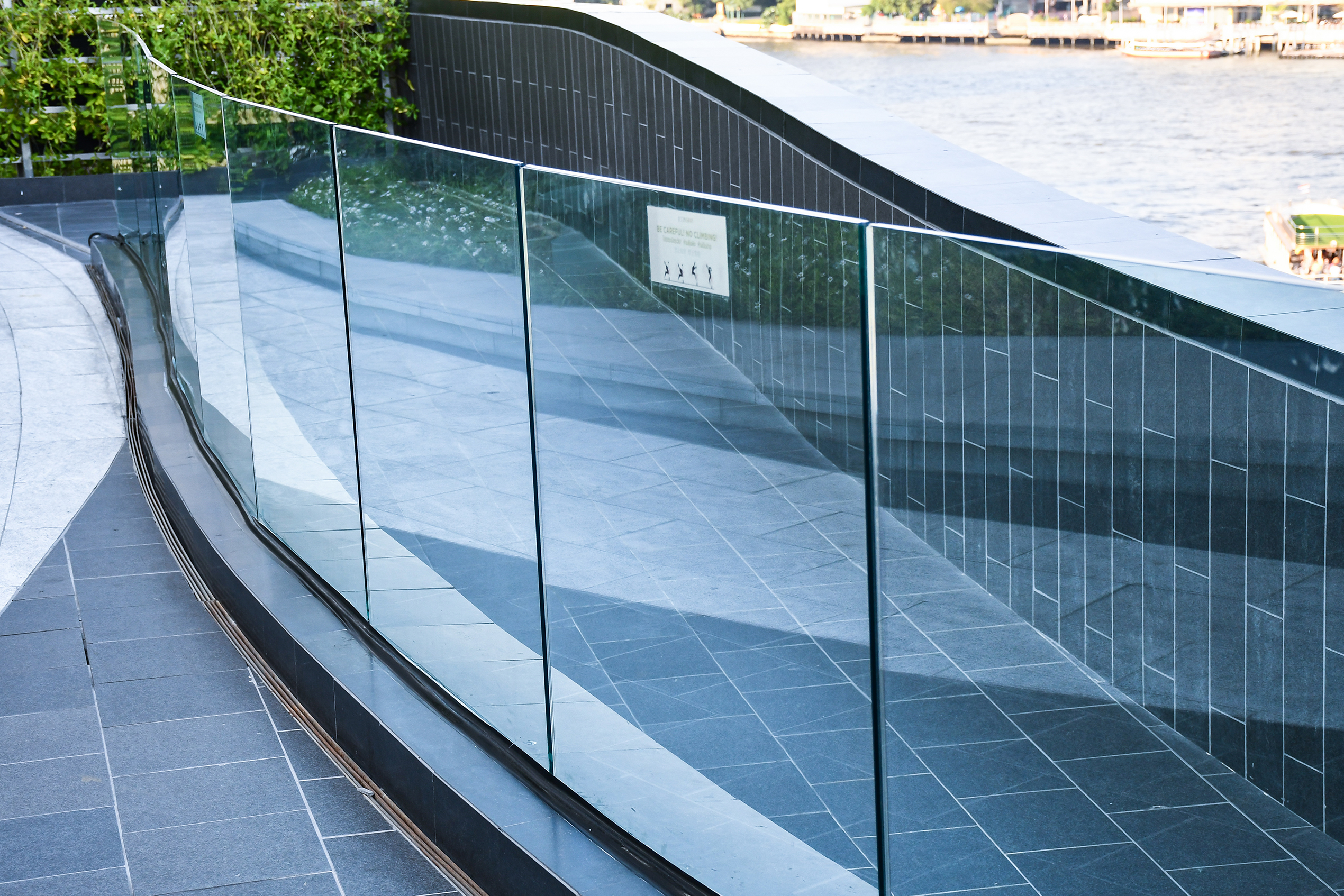Introduction
In an era where sustainability is paramount, interior designers are embracing innovative solutions to create eco-friendly spaces without compromising on style and functionality. One such groundbreaking solution is the integration of smart glass into interior design projects. Smart glass offers a blend of advanced technology and sustainable practices, making it an ideal choice for modern spaces that prioritise both aesthetics and environmental impact.
Understanding Smart Glass
Smart glass, also known as switchable glass or privacy glass, is a versatile material that can alter its light transmission properties with the application of voltage, heat, or light. This transformative ability allows it to switch between transparent and opaque states, offering privacy, energy efficiency, and design flexibility. Different types of smart glass technologies, such as electrochromic, thermochromic, and suspended particle devices (SPD), cater to varying design and functionality needs.
Sustainability in Interior Design
The traditional approach to interior design often involves the use of resource-intensive materials and practices that contribute to environmental degradation. As the world becomes more conscious of its ecological footprint, sustainable interior design practices gain significance. These practices emphasise reducing waste, conserving energy, and utilising materials that have a minimal impact on the environment.
The Role of Smart Glass in Sustainability
In the realm of sustainable interior design, the integration of smart glass emerges as a groundbreaking solution that marries advanced technology with ecological responsibility. Smart glass, with its transformative properties, plays a pivotal role in reshaping the way we interact with our built environments while contributing significantly to the principles of sustainability.
Energy Efficiency and Reduced Carbon Footprint
At the heart of the smart glass revolution lies its exceptional energy-efficient qualities. Smart glass has the innate ability to dynamically adjust its transparency, thereby controlling the amount of natural light and heat that enters a space. By optimising the balance between natural lighting and controlled shading, smart glass reduces the reliance on artificial lighting and climate control systems. This translates to lower energy consumption, reduced greenhouse gas emissions, and a smaller carbon footprint, aligning perfectly with the urgent need to combat climate change.
- Optimisation of Natural Light: Smart glass excels in harnessing the power of natural light to enhance the indoor environment. Its adaptive properties enable it to modulate the amount of sunlight entering a room, preventing glare and mitigating the need for excessive artificial lighting. This not only creates visually appealing spaces but also contributes to occupant well-being by providing a connection to the outdoors and supporting circadian rhythms. The ability to balance natural light intake with privacy needs results in harmonious spaces that seamlessly merge aesthetic appeal with environmental consciousness.
- Balancing Comfort and Energy Conservation: Traditional windows often present a conundrum between providing views and maintaining thermal comfort. Smart glass elegantly resolves this conflict by allowing occupants to adjust the transparency of windows as needed. During hot seasons, smart glass can tint to reduce heat gain and glare, creating a cooler and more comfortable environment. Conversely, in colder months, the glass can remain transparent to welcome sunlight and warmth. This dynamic approach to comfort optimisation not only enhances the inhabitant experience but also contributes to lower energy usage by reducing the need for constant heating or cooling adjustments.
- Integration of Automation and Control Systems: The integration of smart glass with automation and control systems further accentuates its sustainable impact. Occupants can seamlessly control the opacity of the glass through intuitive interfaces, remote controls, or even sensors that respond to environmental conditions. This real-time control ensures that smart glass adapts to changing circumstances, such as fluctuating sunlight intensity or privacy requirements. As a result, energy is conserved by avoiding unnecessary cooling or heating adjustments, and the indoor environment remains comfortable without manual intervention.
- Innovation in Building Design: Smart glass solutions not only enhance existing buildings but also inspire innovative architectural designs. The dynamic interplay of transparency and opacity can be harnessed to create visually striking facades that respond to the sun’s movement. The integration of interactive smart glass displays in commercial settings offers engaging branding opportunities while reducing the need for additional energy-consuming signage. By embracing the creative potential of smart glass, designers contribute to the evolution of sustainable architecture and interior design.
Incorporating Smart Glass in Residential Spaces
Imagine a home where windows can be instantly transformed from clear to opaque with a simple command. Smart glass makes this a reality, enabling homeowners to enjoy privacy without the need for curtains or blinds. This technology not only adds a touch of modernity but also enhances energy efficiency by reducing heat gain during hot seasons and retaining warmth during colder months. This dual benefit creates a comfortable and sustainable living environment.
Smart Glass Applications in Commercial Spaces
The benefits of smart glass extend beyond residential spaces into the realm of commercial design. Offices, retail stores, and hospitality establishments can capitalise on smart glass’s ability to create versatile, adaptable environments. In office buildings, smart glass partitions offer privacy for meetings while maintaining an open and collaborative atmosphere when needed. In retail spaces, interactive smart glass displays engage customers and convey brand messages, enhancing the shopping experience while conserving energy.
Challenges and Considerations
While the advantages of smart glass are evident, it’s essential to address potential challenges. The initial cost of implementing smart glass technology can be a deterrent for some projects. Additionally, maintenance requirements and potential technological limitations may raise concerns. However, the long-term energy savings and enhanced user experience often outweigh these challenges.
Future Trends and Innovations
As technology continues to advance, smart glass is poised for even more exciting innovations. Researchers are exploring ways to enhance its responsiveness, durability, and compatibility with renewable energy sources. Moreover, the integration of smart glass with smart home systems and the Internet of Things (IoT) offers a glimpse into the future of interactive and intelligent interior environments.
Conclusion
Smart glass solutions have emerged as a game-changer in the realm of sustainable interior design. Their ability to seamlessly combine aesthetic appeal, energy efficiency, and functionality makes them a valuable asset for architects, designers, and homeowners alike. By harnessing the power of technology, we can create interior spaces that not only reflect our design sensibilities but also contribute to a greener, more sustainable future.
Who We Are
Tecdur is the leading manufacturer of smart glass for the UK and Ireland. Tecdur Switchable Glass provides the best clarity, lowest power consumption and lowest haze currently available. We can offer a wide range of specifications to meet project requirements with our switchable glass, cost is dependent on specification, application and design. Please get in contact with us to discuss further.
Please visit our portfolio for a look at completed projects. Keep up to date on our LinkedIn Showcase page
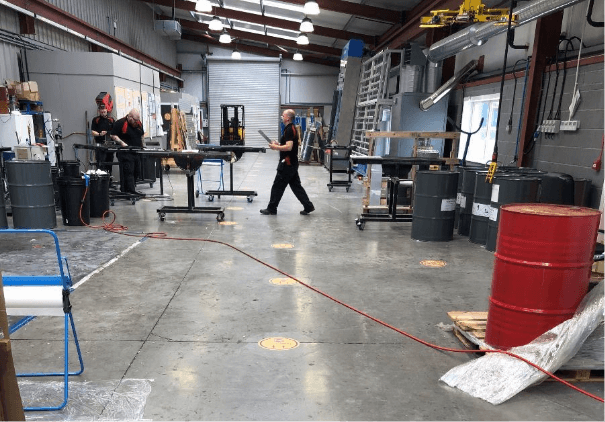

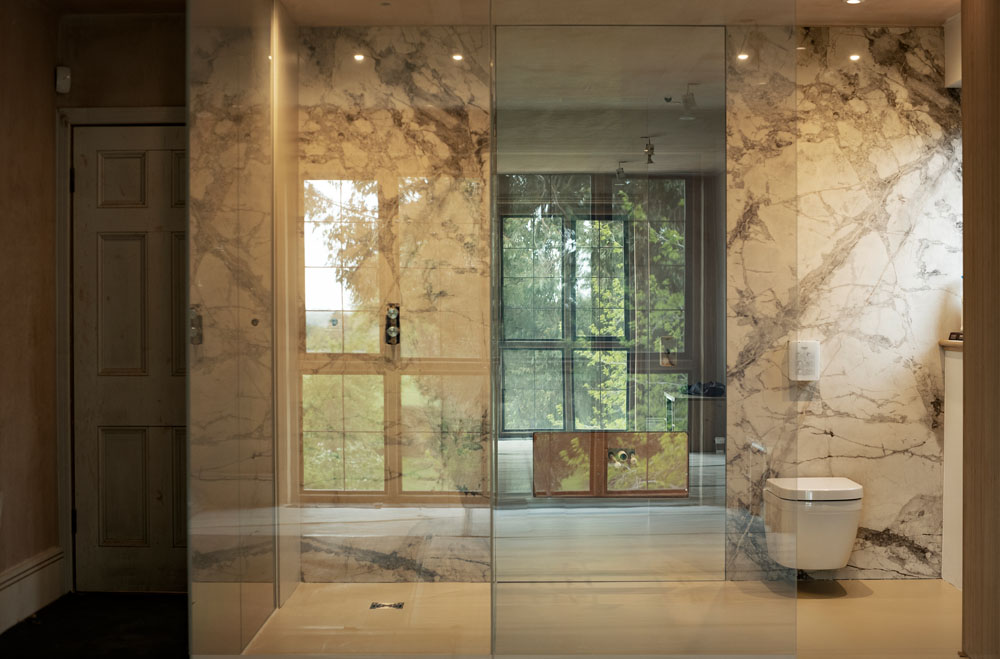
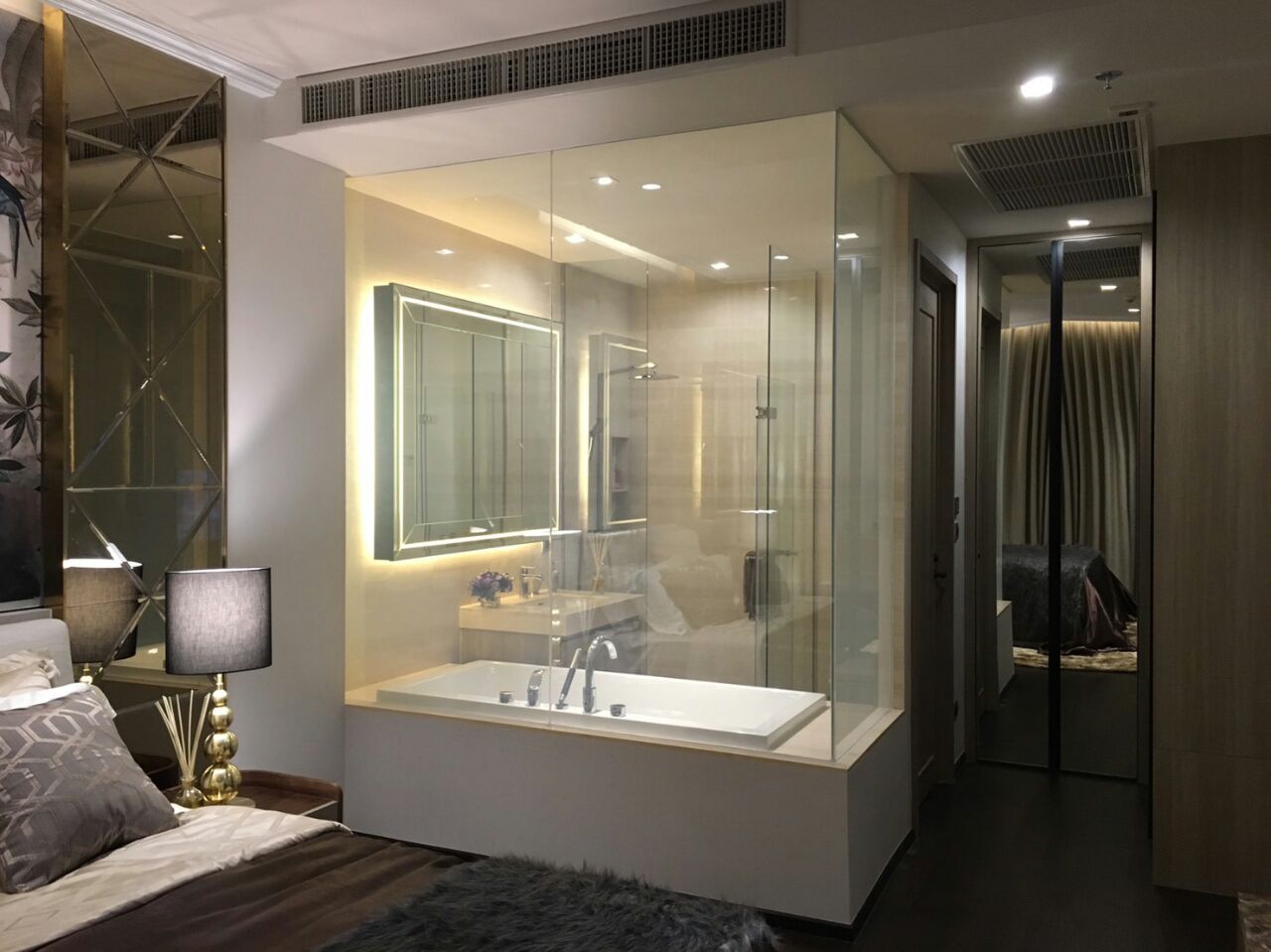
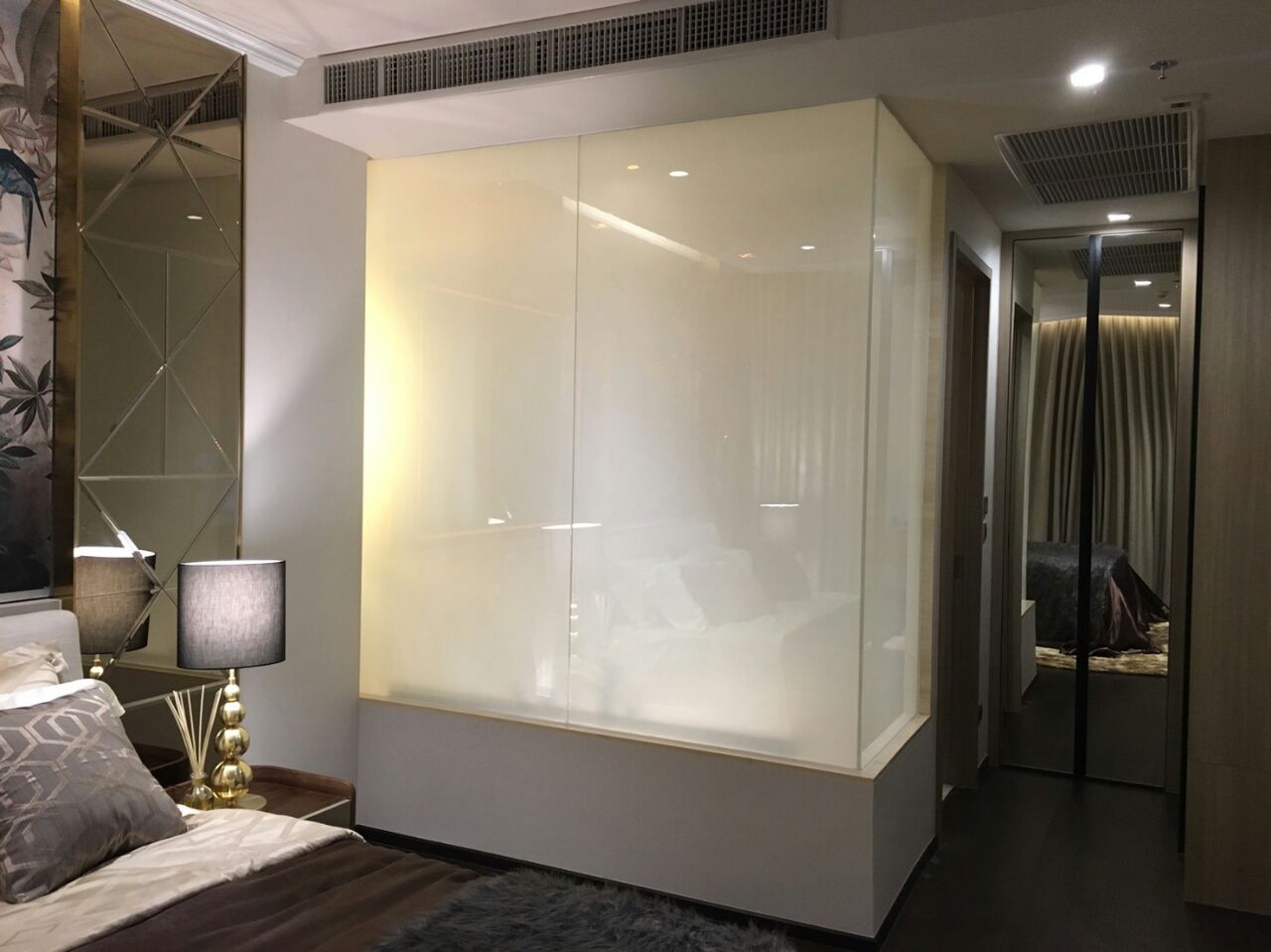
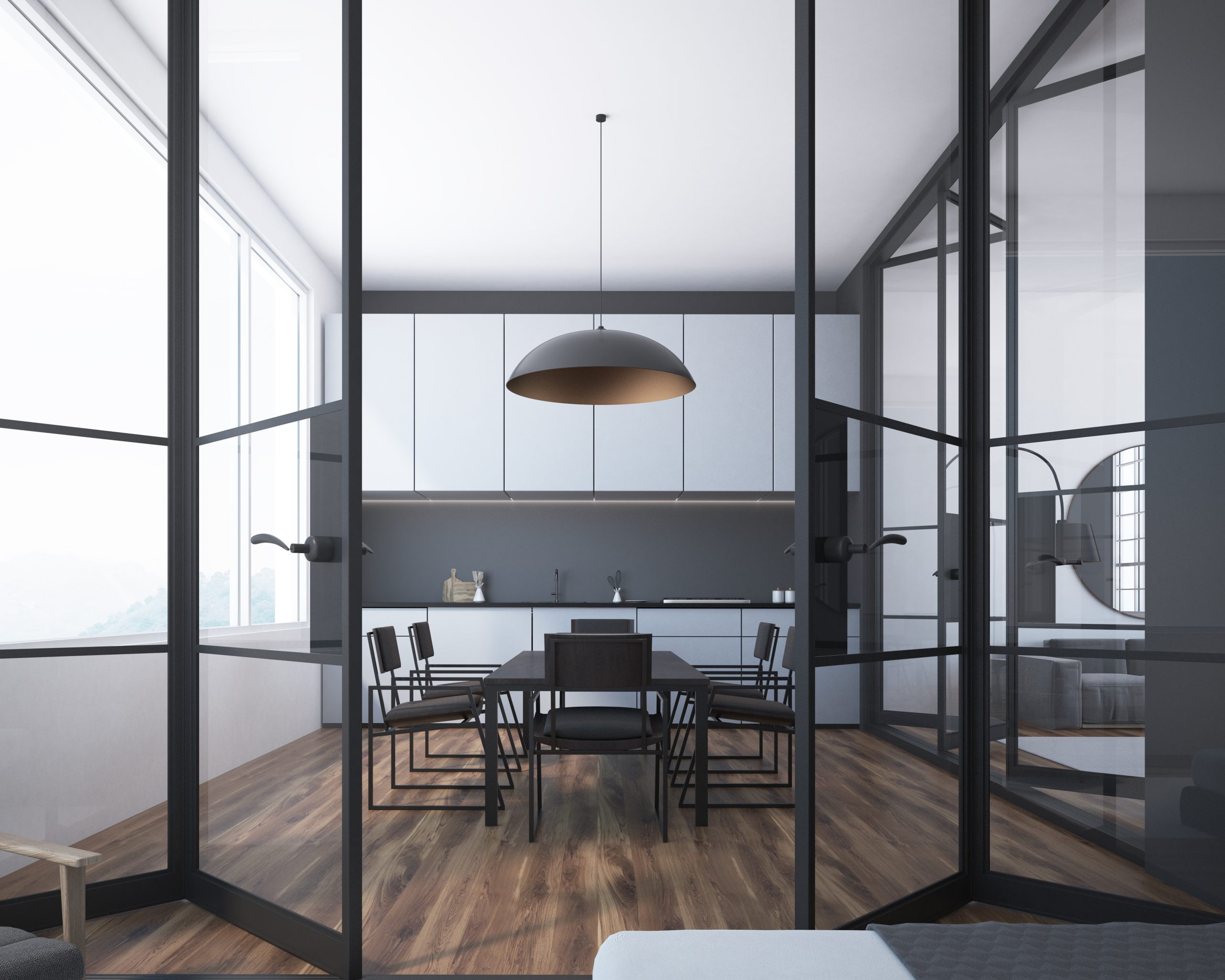
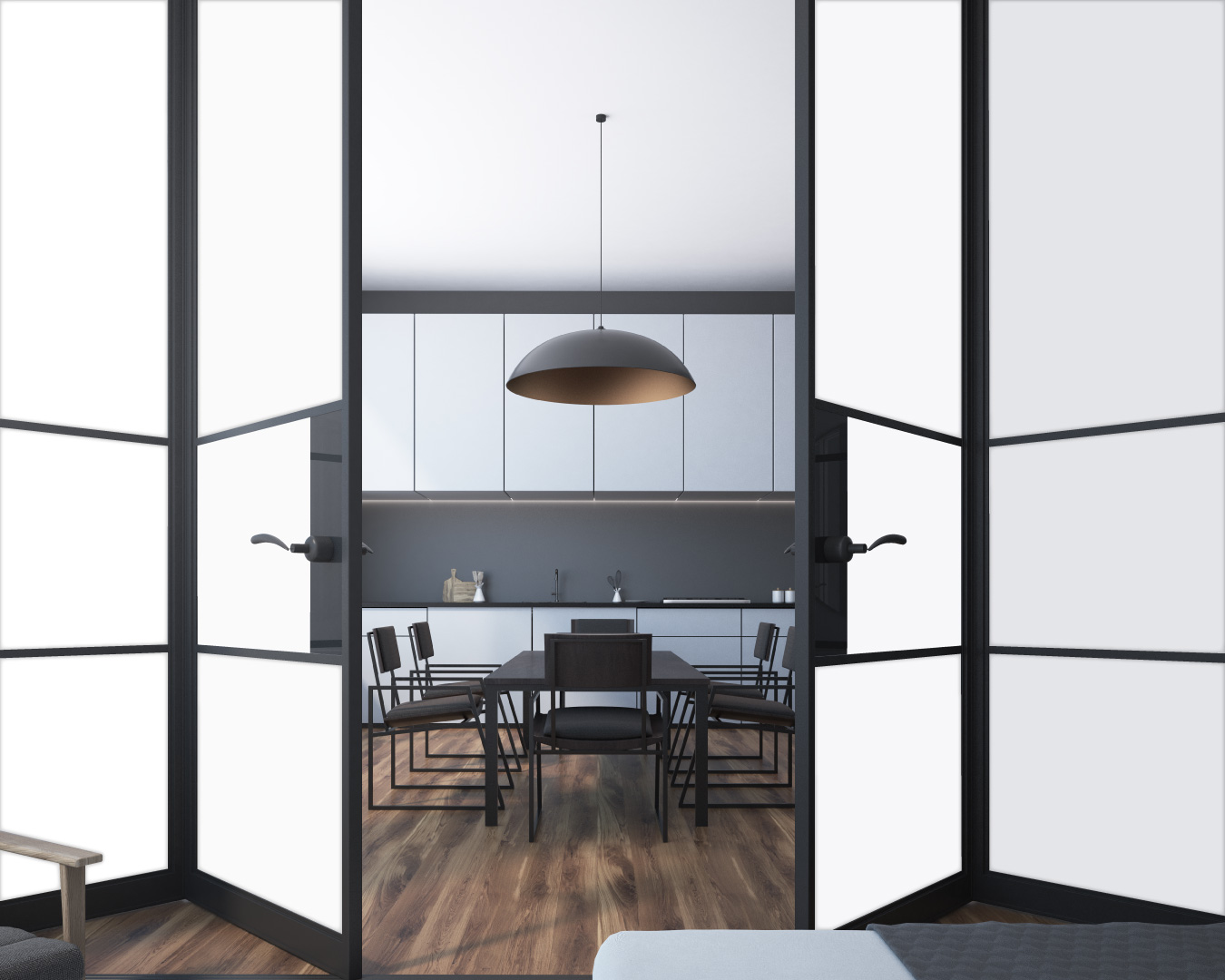
Frequently asked Questions
Our privacy glass works by utilising advanced PDLC (Polymer Dispersed Liquid Crystal) film. When an electrical current is applied, the liquid crystal molecules align, allowing light to pass through, making the glass transparent. When the current is switched off, the molecules mis-align, causing the glass to turn opaque or translucent, providing privacy.
Smart glass technology can have an upfront cost, but the long-term energy savings and enhanced comfort can offset the initial investment.
Yes, smart glass can be retrofitted into existing structures, providing an opportunity to upgrade to sustainable solutions.
Smart glass typically requires minimal maintenance, similar to regular glass surfaces. Cleaning and occasional electrical system checks may be necessary.
Yes, smart glass can be integrated with home automation systems, allowing you to control its transparency, colour, and other parameters remotely.
Smart glass offers on-demand privacy control, ensuring that occupants can maintain their privacy while enjoying abundant natural light.
